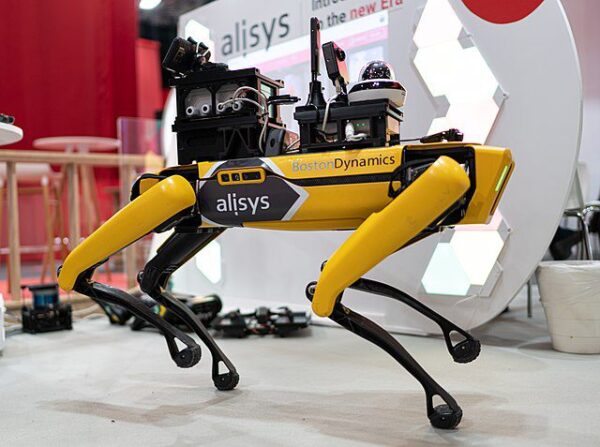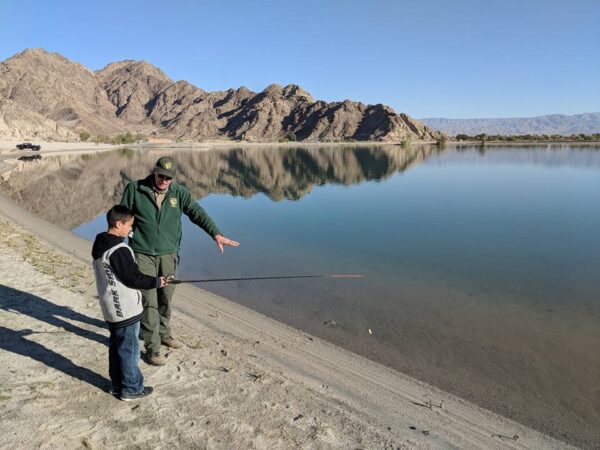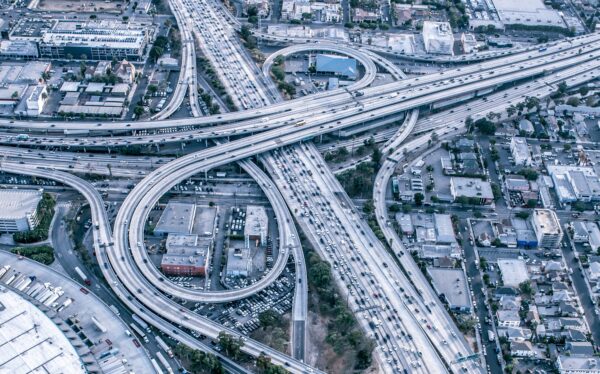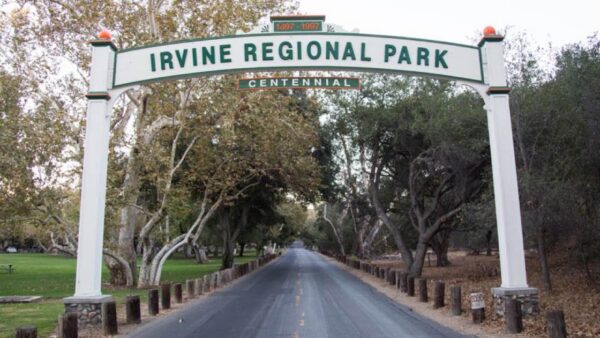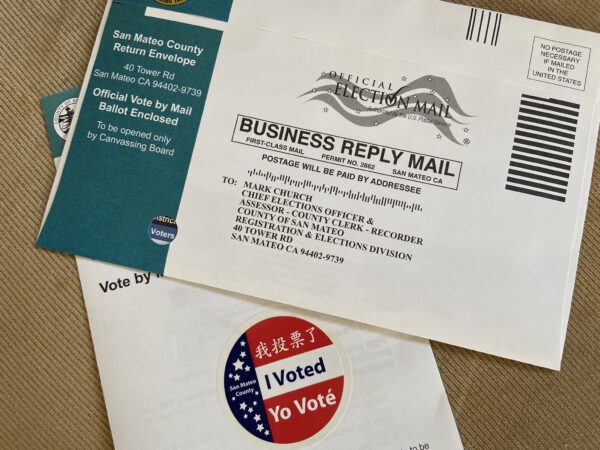The Los Angeles City Council voted 8-4 Tuesday to approve the donation of a so-called robot dog for use by the Los Angeles Police Department following more than an hour of public comment against the device and criticism from a council member.
The council moved to accept the donation with an amendment by Councilwoman Katy Yaroslavsky to ensure that the LAPD provide quarterly reports regarding deployment of the device, outcomes of deployment and any issues pertaining to the use of it.
In addition, the council will “closely monitor” the $277,917 Quadruped Unmanned Ground Vehicle and ultimately modify the deployment policy or suspend the use of the device at any time.
“As with the use of any new technology used in policing, it is important that the City Council have appropriate oversight and the ability to modify or half the program if circumstances warrant,” Yaroslavsky said.
The device, built by Boston Dynamics, was offered as a donation to the LAPD’s Metropolitan Division by the Los Angeles Police Foundation.
Council members Heather Hutt, Curren Price, Nithya Raman and Hugo Soto-Martinez voted against the donation. Council members Eunisses Hernandez and Marqueece Harris-Dawson were absent from Tuesday’s meeting.
Most residents who spoke during public comment urged the council to decline the donation, stating it would only be used to further criminalize and harm Black and Latino communities.
“This is the third time that this has been on the agenda and, hopefully, you guys will make the right decision to let this be the last time and strike it out,” Emerald Johnson said. “We, your constituents, do not want the robot dog. It’s not just a donation, and this will cost us a lot more in the long run.”
Brendan Schulman, vice president of policy and government for Boston Dynamics, and David Kowalski, deputy chief for the LAPD, came forward to answer questions from Soto-Martinez.
The councilman, in a tense exchange, asked Kowalski to provide details in which unarmed technology was used in 2022. An LAPD report indicated unarmed technology was deployed 39 times in various parts of the city.
“Obviously, one of the concerns expressed in the last council meeting was whether technology used by us was disproportionately being utilized in some neighborhoods of Los Angeles,” Kowalski said. “A review of those deployments on both the sUAS (small unmanned aerial systems) as well as the (ground-based) robotics, we found no specific trends or patterns related to those deployments.”
Soto-Martinez said that “just isn’t true,” claiming LAPD unarmed devices were deployed more often in Hollywood and South Los Angeles compared with some of LA’s more affluent neighborhoods and communities.
Kowalski reassured the council that the LAPD has “clearly defined situations for use with a strict approval process.”
LAPD representatives previously assured the public that the device would be used only in SWAT, hazardous materials or search-and-rescue operations. Police also insisted the robot dog will never be equipped with any sort of weapons or facial-recognition technology, nor will it be used in any type of patrol operations.
Soto-Martinez asked Schulman to share which cities also contracted with Boston Dynamics for use of the QUGV device and the extent of those relationships.
Schulman said he did not have a full list of other cities, but he cited the Houston Police Department and the New York City Police Department as examples of law enforcement agencies who are contracted with his company.
“The robot is primarily used in industrial applications,” Schulman said. “Less than 10% of our customers are public safety agencies such as LAPD.”
Soto-Martinez wondered about the financial cost for the contract with New York. Schulman said the NYPD purchased two robots, and the cost is “a matter of public record.” The value of the technology and the mission of the company is to “create robots that help people,” he added.
Soto-Martinez said the donation to the LAPD represents an “expansion of the current boundaries around policing and surveillance.”
“We know, like we’ve seen in the past, these donations usually end being a line item in the budget and the (representative) from Boston Dynamics didn’t want to reveal the contract with New York City, which leads me to more suspicion,” Soto-Martinez said.
“You know, this is highly disturbing automation of law enforcement that sets a dangerous precedent for our future in our community safety.”
Other council members have previously defended the donation as adding a tool that could assist officers in life-threatening situations.
Councilman John Lee noted that the ground-based robot is nimble and can perform tasks such as opening doors and accessing areas that aerial drones cannot — providing a valuable tool in cases such as a barricade situation or other standoff.
“This has the ability to save lives,” Lee said.
In a statement, the LAPD said the agency will be using the QUGV robot in the coming months, following training and testing.
“I am appreciative of the approval today by the majority of the City Council in accepting the donation of the Los Angeles Police Foundation in acquiring this state-of-the-art mechanical robot,” Police Chief Michel Moore said in a statement.
The device will allow the department to “better protect” officers and the community, he added, and to “deescalate dangerous situations.”
According to the statement, the LAPD says all digital evidence, such as photographs, video or audio, captured by the robot during deployment will be recorded and archived in accordance with current department policy.
Lastly, the department said the QUGV would not be equipped with or use any facial recognition software or analysis capabilities, nor would it be used for routine patrol duties or covert surveillance operations.
Just after the council took its vote, one person was suspected of vandalizing the walls just outside the Council Chamber, according to LAPD officers. The suspect tagged the walls with the words “evil” and “sold your souls,” most likely in response to the council’s vote on the LAPD robot dog.
Officers said they briefly chased the suspect outside City Hall, but no arrest was made.

